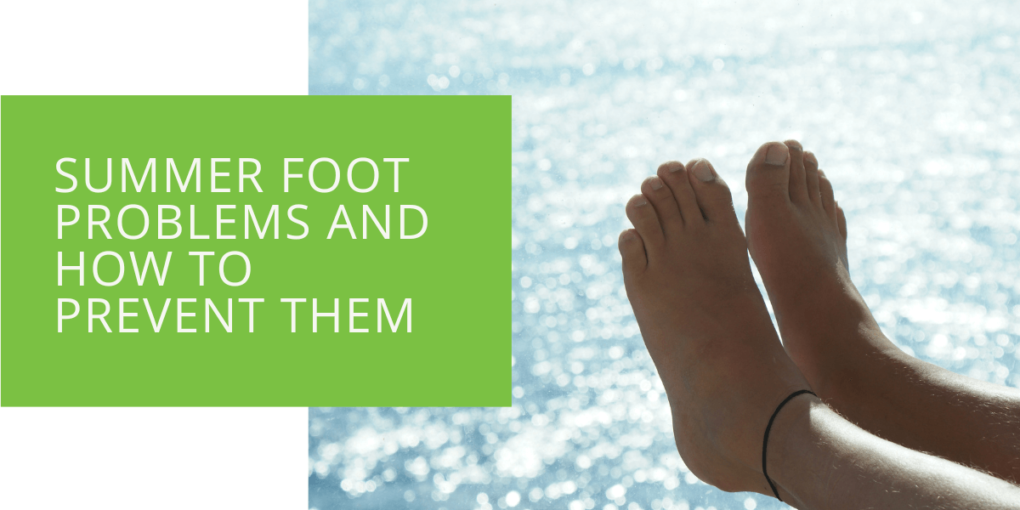Summer Foot Problems and How to Prevent Them
Summer is a great time to enjoy outdoor activities and soak up the sun, but it can also bring many foot problems. Common summer foot problems include blisters, athlete's foot, and sunburn. Taking care of your feet during summer is important to avoid these problems and maintain overall foot health. This article will delve into these summer foot problems and provide tips on preventing them.
Blisters
Blisters are small, fluid-filled pockets that form on the skin due to friction or burn. They are common on the feet, especially in summer when we wear sandals and walk barefoot more often.
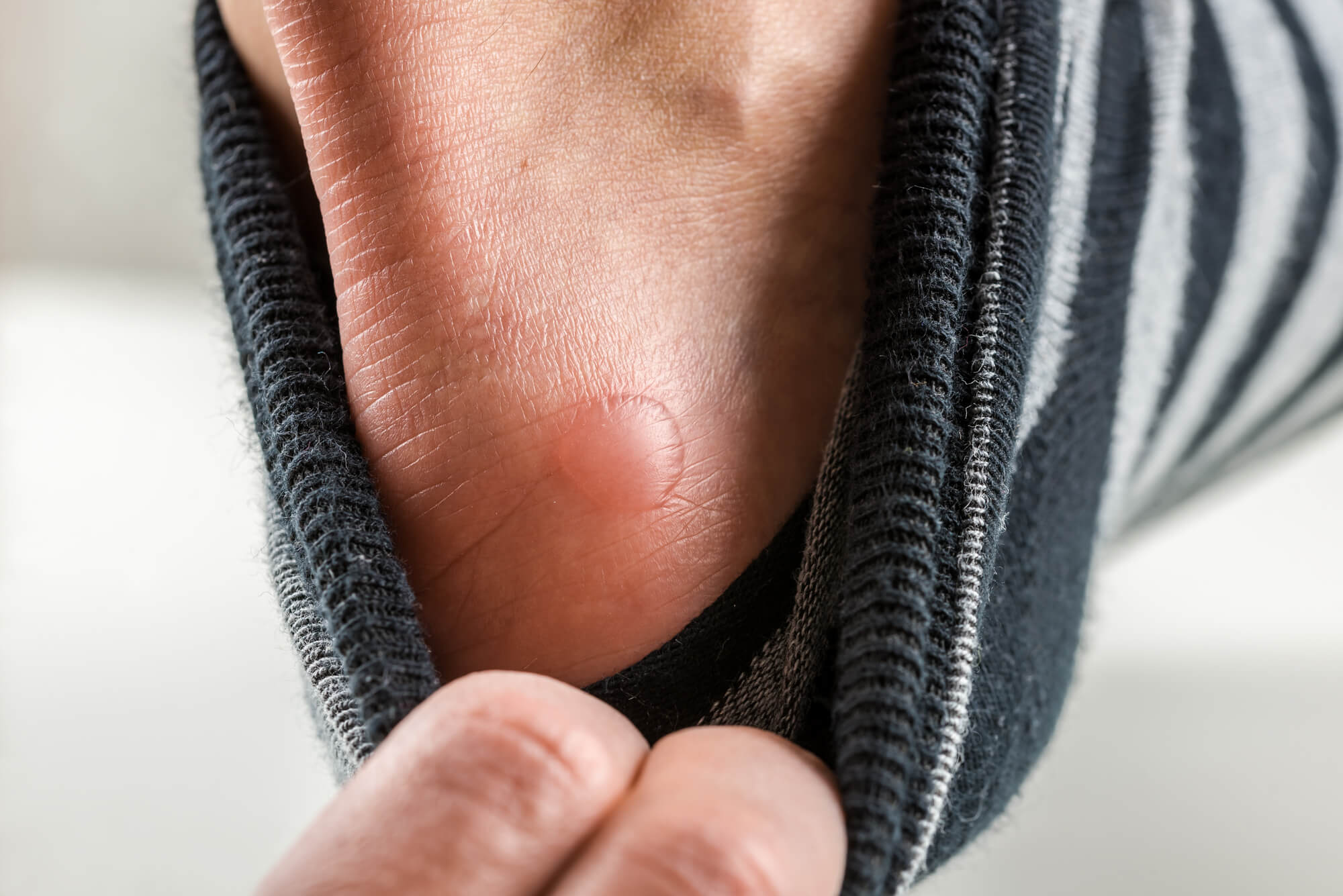
Causes
Blisters are caused by friction or burn. Friction can be caused by ill-fitting shoes that rub against the skin or excessive walking or activity. Heat and moisture accumulation inside shoes can also cause blisters.
Prevention
To prevent blisters, it's important to wear properly fitting shoes with enough room for your toes. Shoes that are too tight or loose can cause friction and lead to blisters. Choose shoes made of breathable materials, such as mesh or leather, to allow airflow and prevent moisture accumulation.
You can also apply blister-preventing products to areas of your feet that are prone to blisters, such as moleskin or blister pads. These products provide a barrier between your skin and your shoes to reduce friction.
If you're doing a lot of walking or other activities, take breaks and switch out your wet socks. Wet socks can cause blisters by increasing friction and moisture inside your shoes, leading to foot pain.
Athlete's Foot
Athlete's foot, also known as tinea pedis, is a fungal infection that affects the skin on the feet. It's called athlete's foot because it's commonly seen in athletes, but it can affect anyone who comes into contact with the fungus.
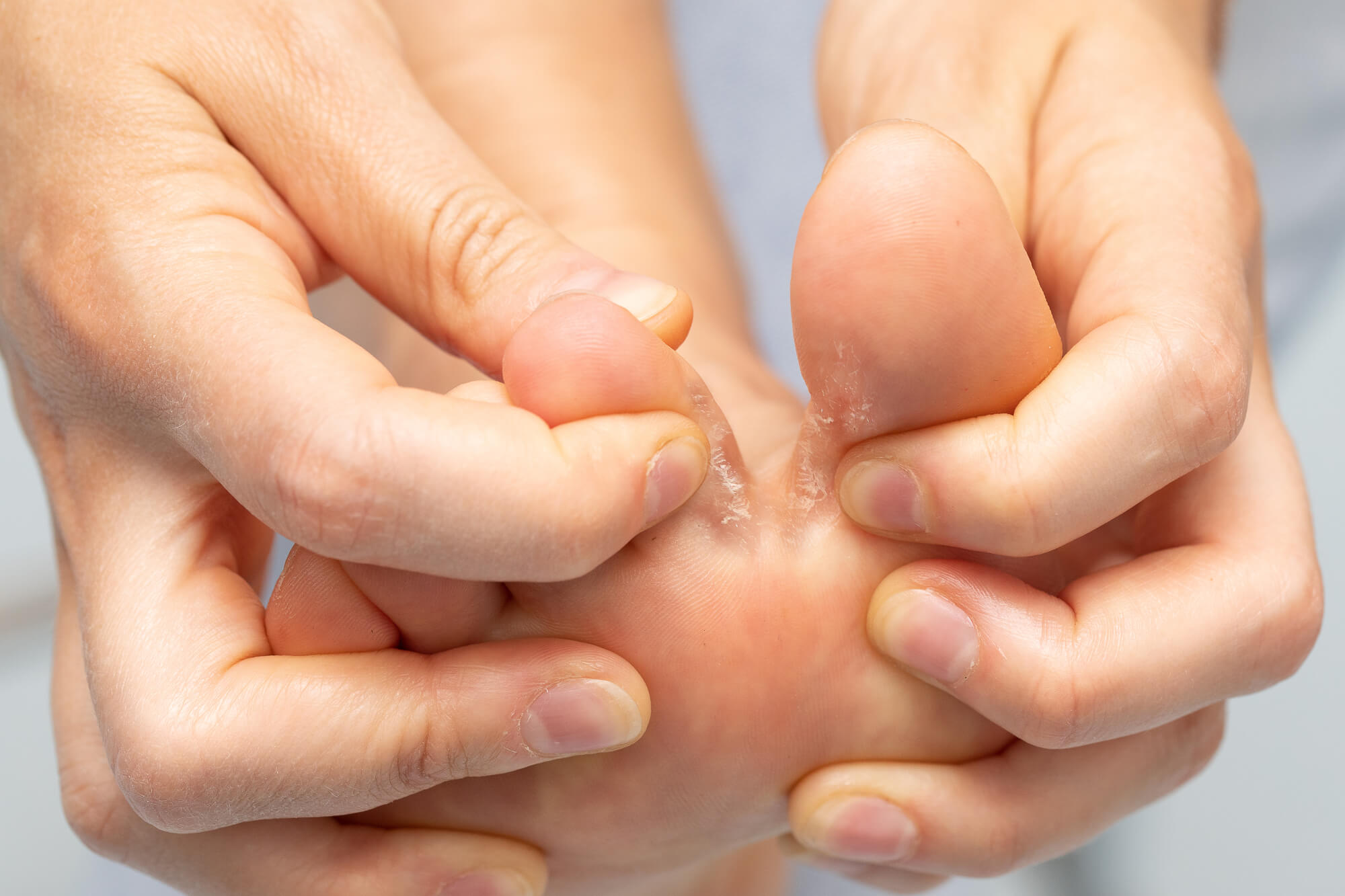
Causes
Athlete's foot is caused by a fungus that thrives in warm, moist environments. It can be contracted by walking barefoot in public areas, such as pool decks or gym showers, or by wearing damp or sweaty socks and shoes.
Prevention
Keeping your feet clean and dry is important to prevent athlete's foot. Wear flip-flops or sandals in public showers and pool areas to avoid contact with the fungus. Remove damp socks and shoes as soon as possible, and wash your feet regularly with soap and water.
You can also use antifungal powder or spray on your shoes and feet to prevent the fungus from taking hold. Look for products that contain ingredients like miconazole or terbinafine.
Sunburn
Sunburn on the feet is a common summer foot problem, especially if you spend a lot of time barefoot or wearing sandals. Sunburn can be painful and lead to long-term skin damage if left untreated.
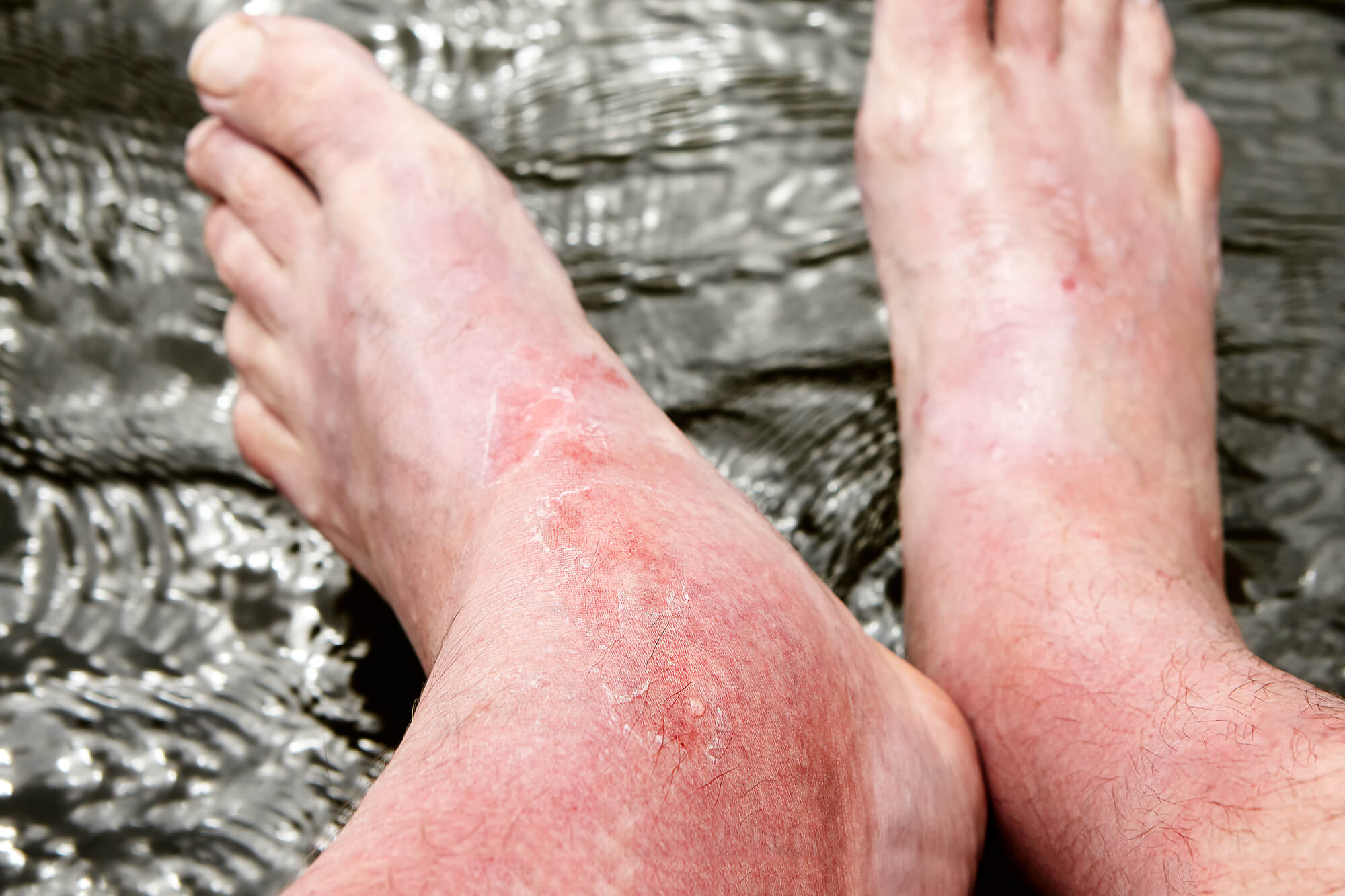
Causes
Sunburn on the feet is caused by exposure to the sun's UV rays. It can be prevented by applying sunscreen to your feet when exposed to the sun and by wearing shoes or sandals with enough coverage to protect your feet.
Prevention
To prevent sunburn on your feet, always apply sunscreen to your feet when they are exposed to the sun. Look for sunscreen with a high SPF (30 or higher), and be sure to reapply every two hours or after swimming or sweating.
Wear shoes or sandals with enough coverage to protect your feet from the sun's rays. If you prefer sandals or open-toed shoes, apply sunscreen to the tops and bottoms of your feet.
You should also avoid going barefoot on hot surfaces, such as sand or concrete, as this can cause burns on your feet. Instead, wear sandals or shoes to protect your feet.
Cracked Heels
Cracked heels, also known as heel fissures, are a common summer foot problem. They are caused by dry skin on the heels that becomes thick and cracks, often causing pain and discomfort. Cracked heels can be unsightly and may even bleed if left untreated.
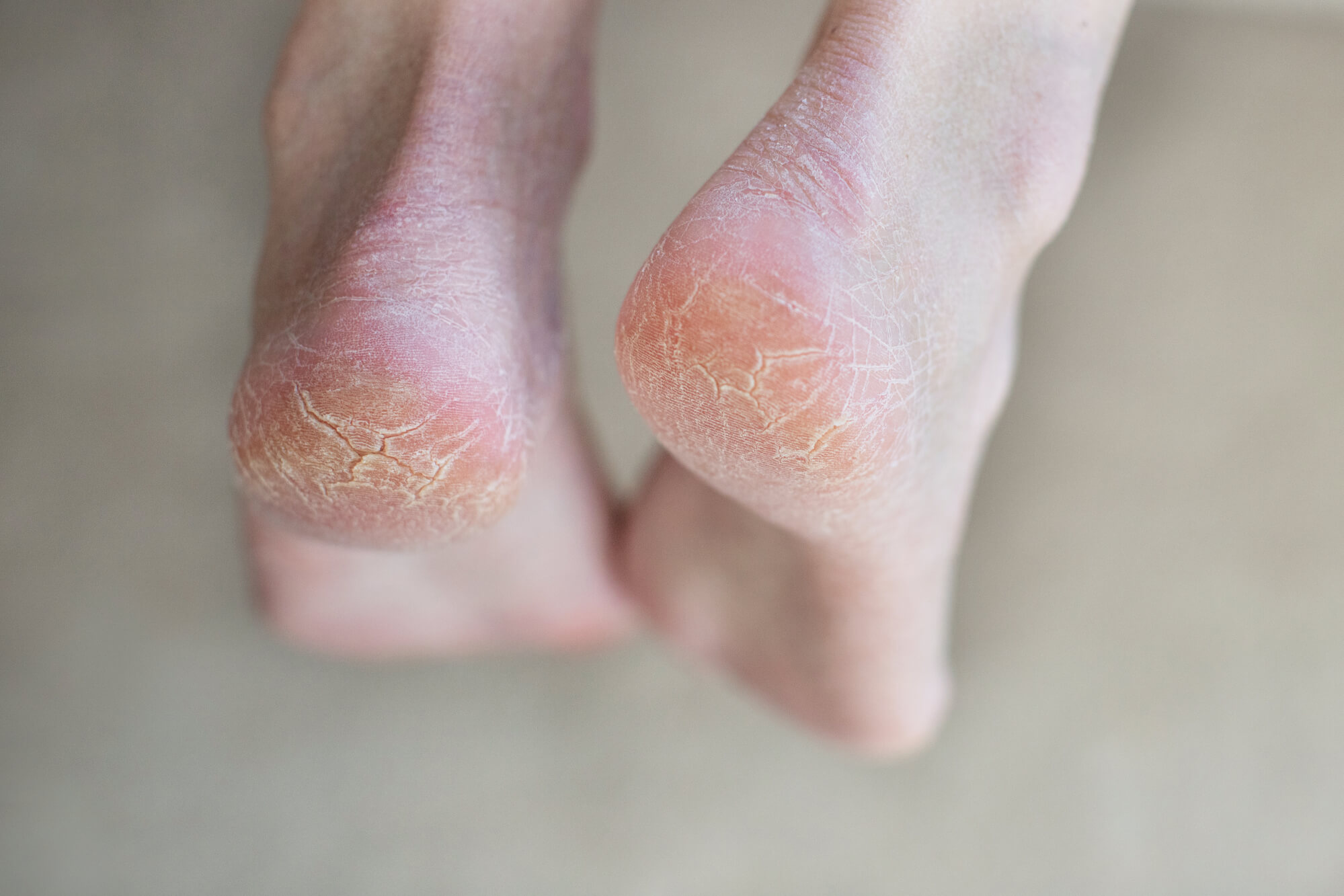
Causes
Cracked heels are more common in people with dry skin, but they can affect anyone. Wearing sandals or open-toed shoes and walking barefoot can contribute to the development of cracked heels by exposing them to the elements and causing them to dry out.
Prevention
To prevent cracked heels, it's important to keep your feet moisturized. Use a foot lotion or cream on your heels and other dry areas of your feet daily. Avoid walking barefoot, and wear socks and closed-toe shoes to protect your heels from the elements. You can also use a pumice stone or foot file to gently exfoliate your heels and remove dead skin.
If you already have cracked heels, it's important to treat them to prevent further cracking and to promote healing. Use a heel balm or cream to moisturize and soften the skin, and avoid walking barefoot or wearing sandals until the cracks have healed. You should see a podiatrist for treatment if your cracked heels are severe or painful.
Conclusion
Summer foot problems, such as blisters, athlete's foot, and sunburn, can be uncomfortable and even painful. Following the tips outlined above, you can prevent these common summer foot problems and keep your feet healthy and happy all season long.
Remember to wear properly fitting shoes made of breathable materials, take care of your feet by keeping them clean and dry, and protect them from the sun's UV rays by applying sunscreen and wearing adequate coverage footwear. By taking care of your feet, you'll enjoy all the activities offered by summer without any foot-related discomfort.

